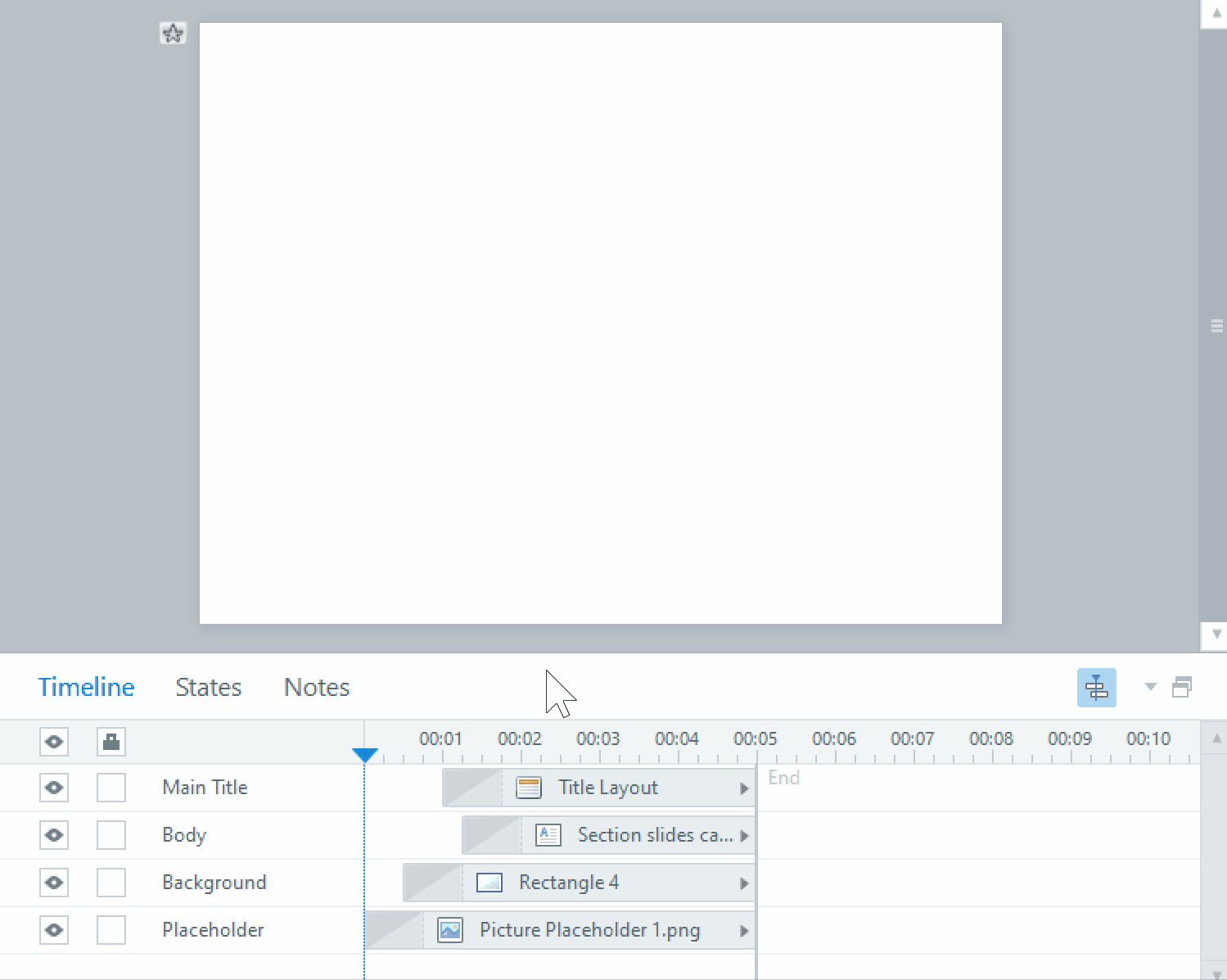Advances in Training

As we progress through the 21st century I continually marvel at the technological advances that have been introduced and continue to emerge at a rapid rate. Just in the past few years we have seen cars that can park themselves, a fridge that can tell you when you need to buy milk, a phone that can lock your door when you are a thousand kilometers’ away, robots that can clean your floors and drones filling our skies that are quite literately flying where no man has flown before and doing everything from delivering a package to mapping out the best areas to grow crops. While many of these examples have made our lives easier they have also conditioned us to expect the same type of progress in all aspects of our lives, including how we learn.
It wasn’t that long ago that training meant going to classroom, reading from a thick manual and listening to a facilitator tell you what you needed to know. Now while there remain situations where having a facilitator assist you in learning is beneficial, the fact remains today’s student expects more, and more is what they have been getting. Through virtual learning today’s student can attend a course being taught by person on the other side of the country while still participating in live exercises, collaborating with their fellow students and receiving immediate feedback on tests and quizzes. With mobile learning (or mLearning) a student can not only access course material that has been specifically formatted for their hand-held device or smartphone, but are also able to view and complete interactive exercises, the same as they would on a laptop or desktop computer.
















